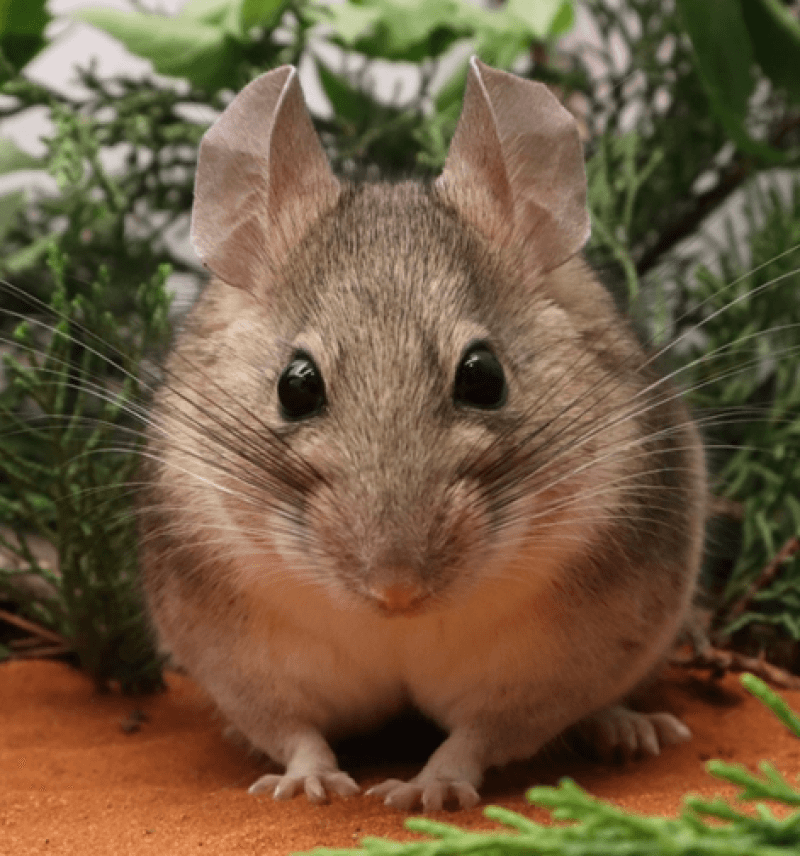Link to the full source article
RSS feed source: National Science Foundation
According to research supported by the U.S. National Science Foundation, gene duplications being selected over evolutionary time — not the specialization of certain enzymes — allows wood rats to feed on creosote bush, a highly toxic desert shrub. The findings could aid in understanding genetic adaptations to poisonous foods in other mammals and even why individual humans metabolize drugs differently.
Around the end of the ice age, two species of wood rats in certain locations were forced to change their diet from juniper to creosote bush when the former died out in their native habitat and creosote invaded. The team of researchers, led by Denise Dearing, a distinguished professor in the School of Biological Sciences at the University of Utah, set out to understand just how these wood rats were able to switch to eating the toxic plant when so many other animals in the area couldn’t. They found that natural selection favored genetic changes leading to the duplication of genes that increased levels of existing detoxification enzymes to clear creosote toxins rather than modifying these enzymes to break down the toxic creosote faster.
“Rather than new tools specially designed for metabolizing this toxin, evolution made use of existing machinery — just by making more of it,” said Dearing. “That’s not to say it wasn’t a massive change. There wasn’t just an increase in
Click this link to continue reading the article on the source website.
